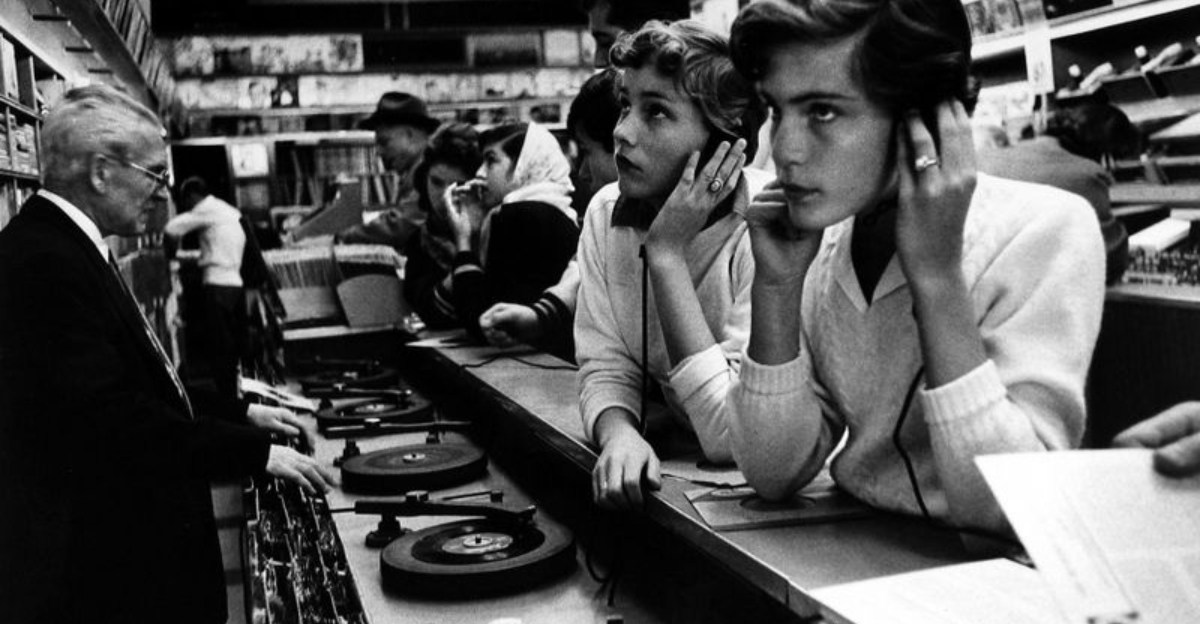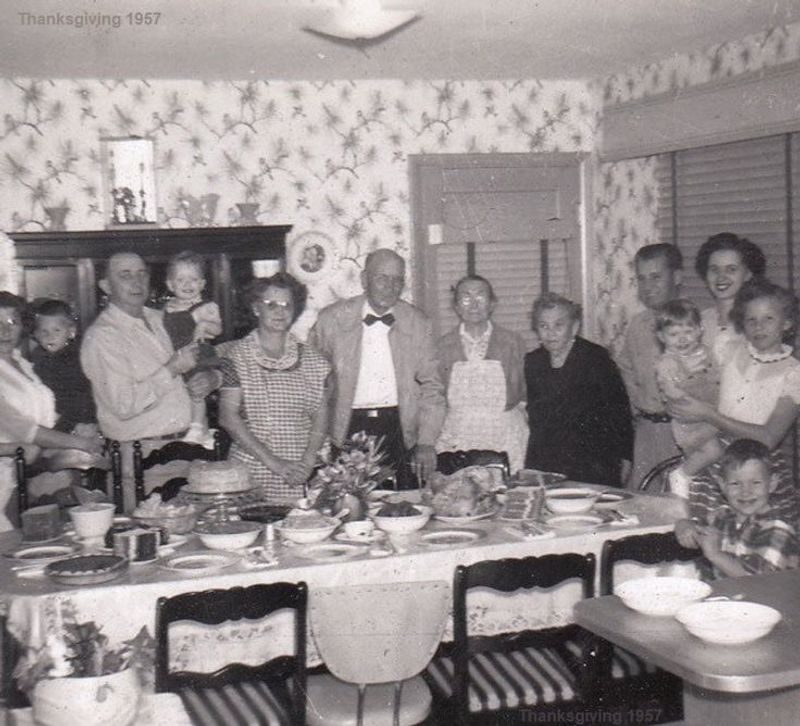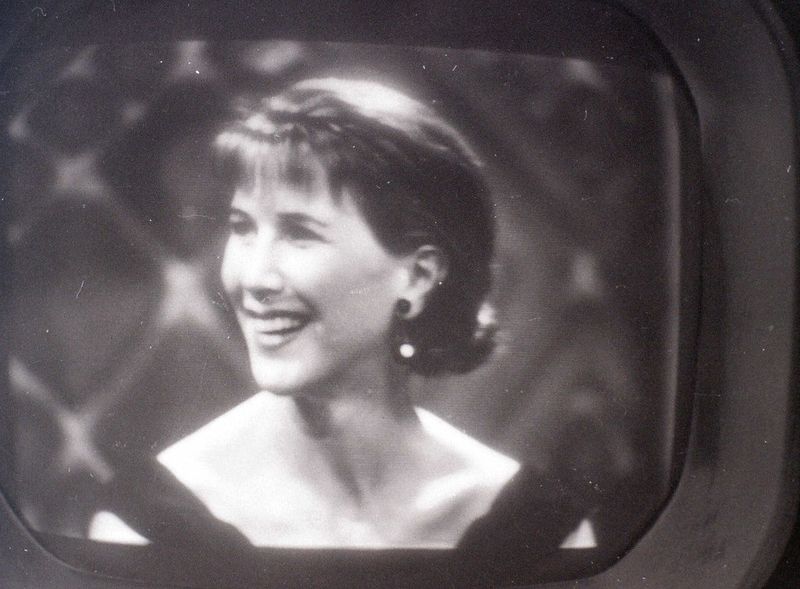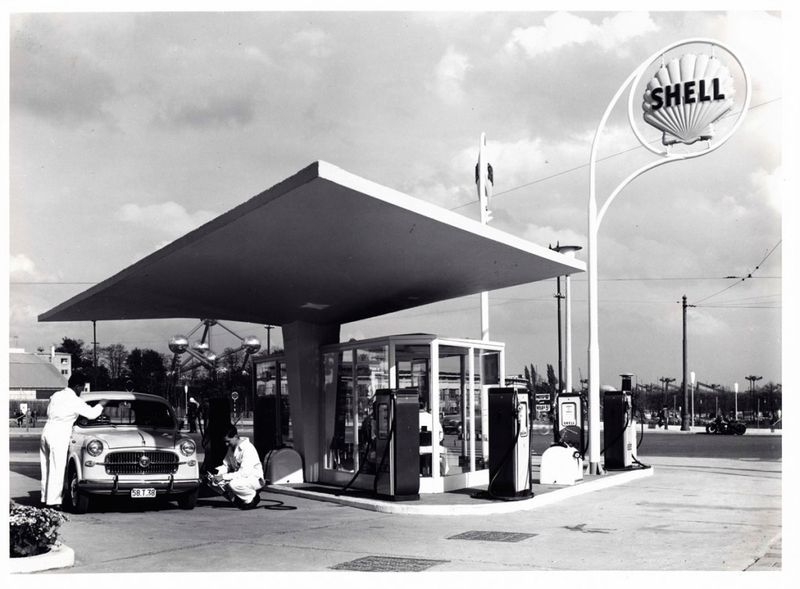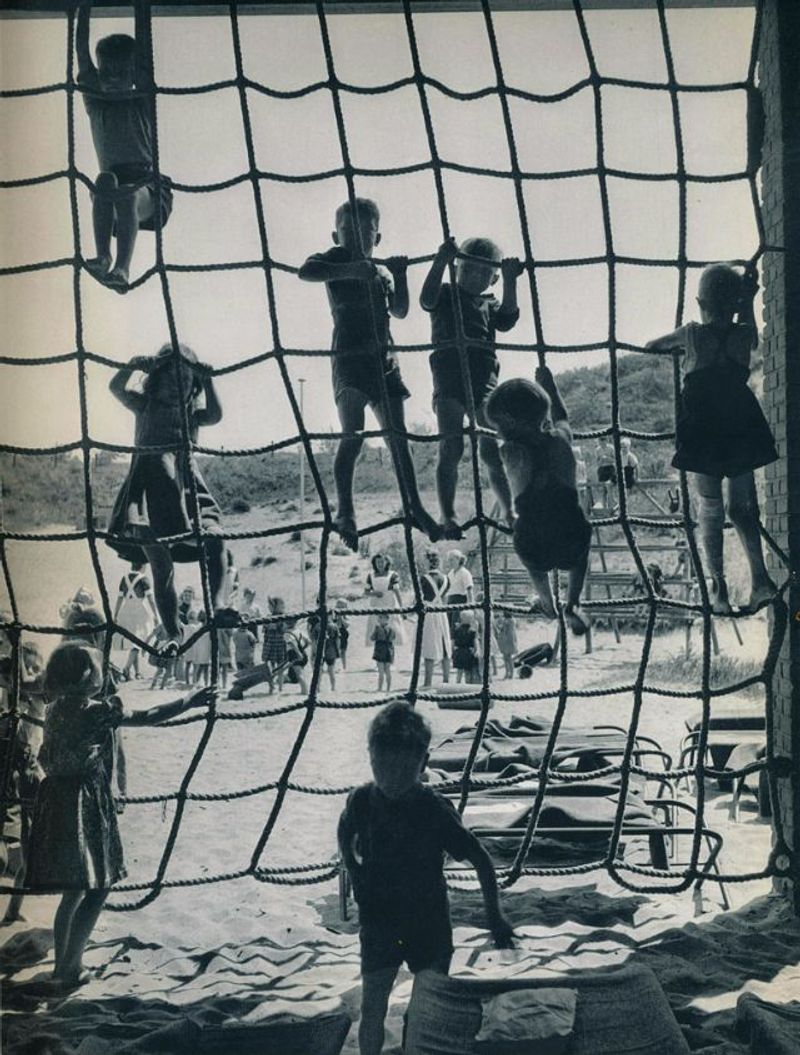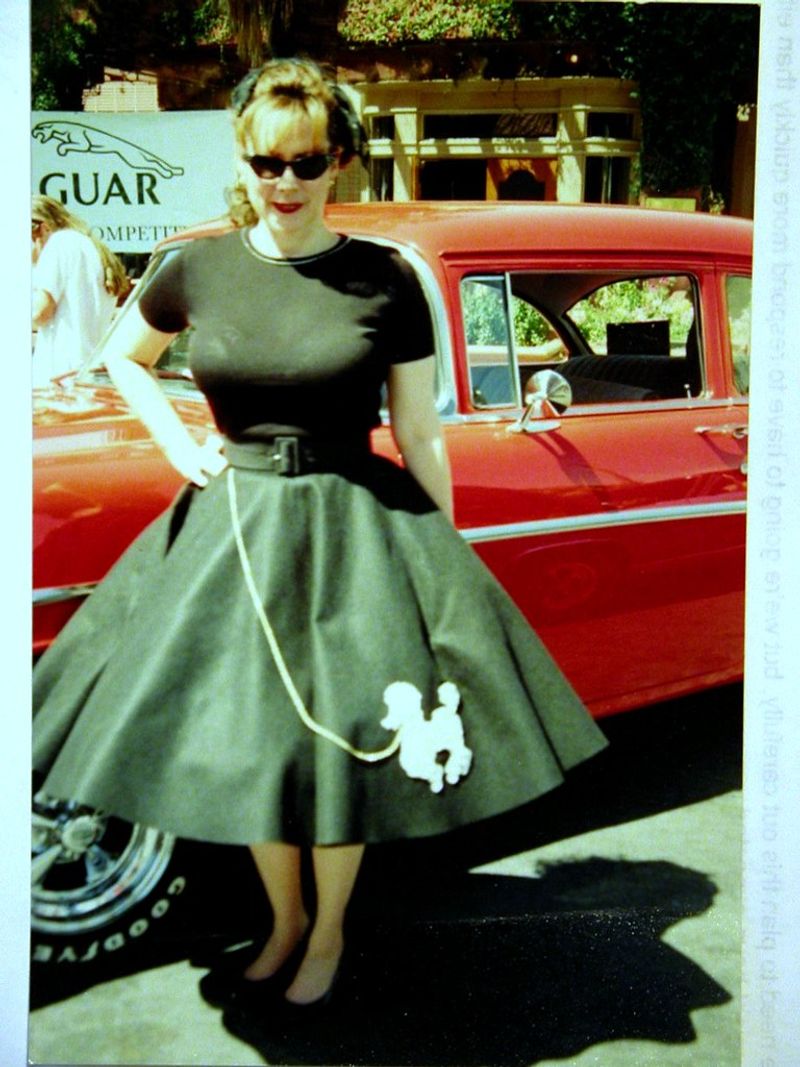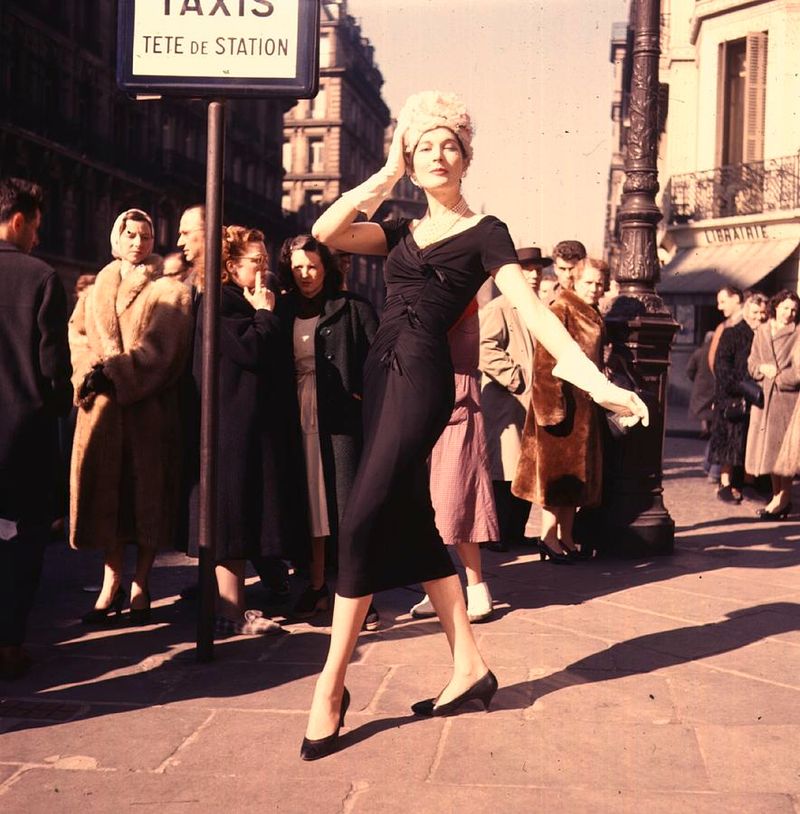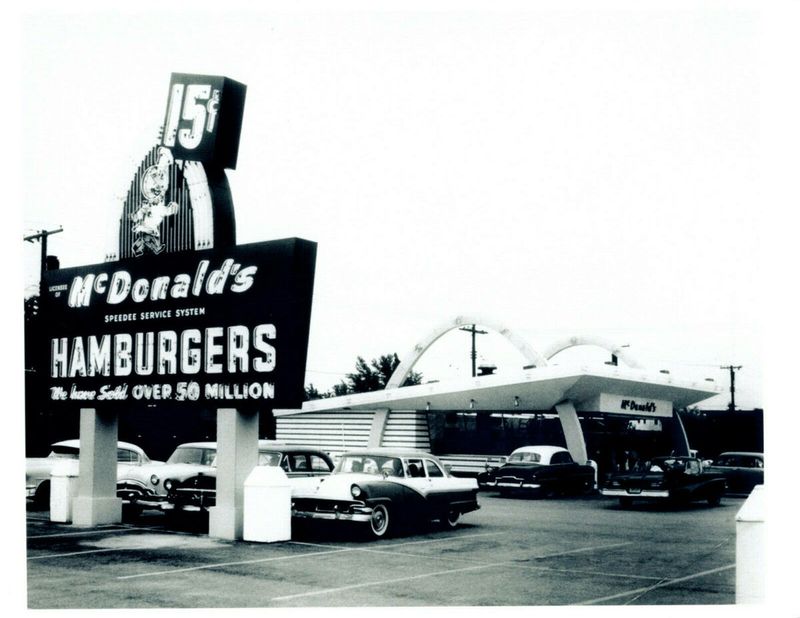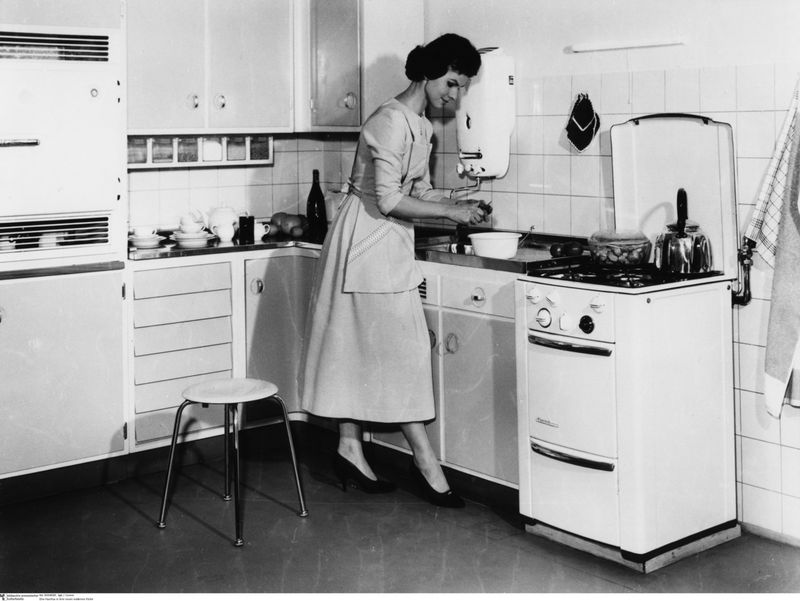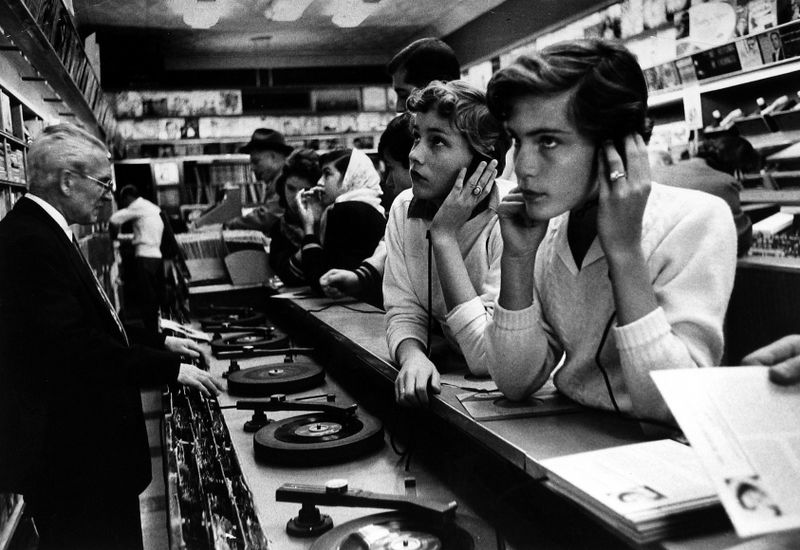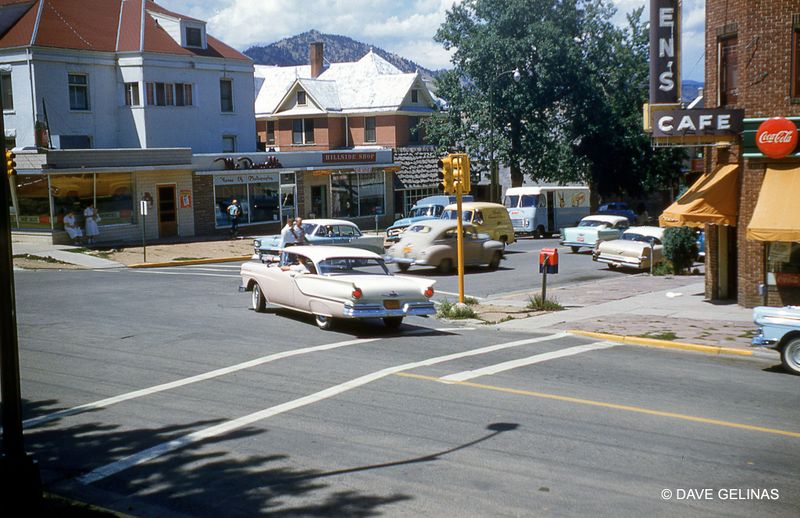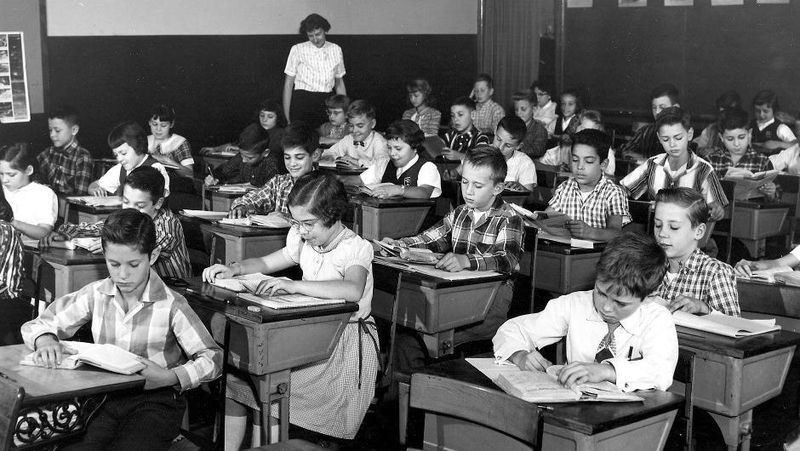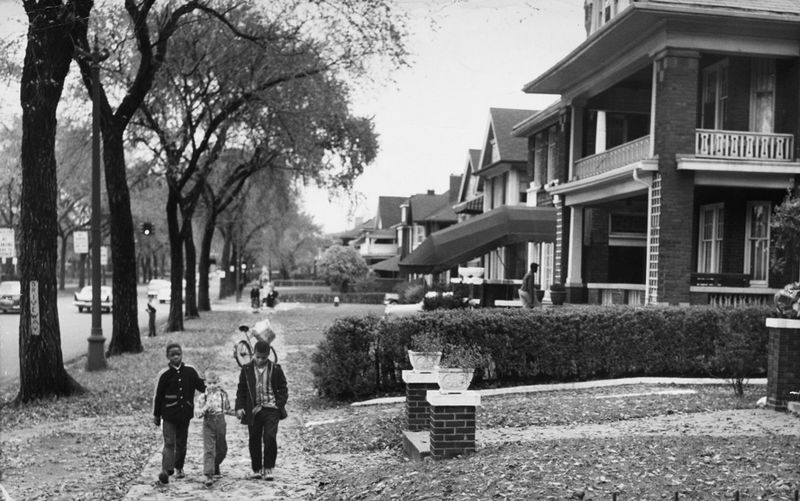Explore a nostalgic journey through 1957, capturing everyday moments that defined an era. From milk deliveries to family dinners, this collection of photos offers a glimpse into a time when life was simpler and community connections were stronger.
1. Milk Was Delivered Right to Your Door
In 1957, the clink of glass bottles on the porch meant your milkman had come and gone—no grocery trip required. Early mornings were marked by the familiar sound of milk bottles being set down, a reassuring routine for households across neighborhoods.
Often, the milkman knew each family by name, adding a personal touch to the service. This daily delivery wasn’t just about convenience; it was a symbol of trust and reliability during an era of strong community ties. Neighbors exchanged greetings, and children eagerly anticipated the milkman’s arrival.
2. Dinner Was a Sit-Down Family Event
Families gathered around the table every night, usually at 5 or 6 PM sharp, with home-cooked meals and zero distractions. The dining room was a hub of conversation, laughter, and the day’s stories.
Parents emphasized manners, and children learned the art of polite conversation. This daily ritual was more than just eating; it was about strengthening family bonds and creating cherished memories. With each meal, traditions were upheld, and the importance of togetherness was reaffirmed, fostering a sense of belonging and love.
3. Television Was a Family Affair
With only a few channels, shows like Leave It to Beaver or The Ed Sullivan Show brought everyone together on the living room couch. Television was a shared experience, a window into stories that captivated both young and old.
Families scheduled their evenings around favorite programs, creating a collective sense of anticipation. The glowing screen became a centerpiece of home life, offering entertainment and sparking discussions. This era marked the beginning of TV’s influence, shaping culture and bringing a world of stories into the home.
4. Gasoline Was Dirt Cheap
At just around 24 cents a gallon, a full tank barely dented your wallet—and service station attendants even pumped it for you. Driving was an affordable luxury, and gas stations were bustling hubs of activity.
The attendant, often a friendly face, offered not just fuel but also a bit of social warmth. Cars cruising along highways symbolized freedom, adventure, and the open road. This was a time when the automobile culture thrived, and gas stations became part of the American landscape, serving both practical and social needs.
5. Kids Roamed Freely Until Sundown
Without smartphones or GPS trackers, kids spent hours outside playing stickball, riding bikes, or building forts—just be home before dark. The streets were their playground, where imagination and freedom reigned supreme.
Parents trusted the safety of their neighborhoods, and children relished the autonomy to explore. Friendships were forged under the open sky, with games and adventures that became the stuff of childhood memories. These carefree days fostered independence and creativity, shaping a generation that knew how to entertain themselves.
6. Phones Had Cords—and Operators
Most calls went through a switchboard operator, and you couldn’t walk far while talking since phones were attached to the wall. Communication was a more deliberate act, requiring patience and intention.
Operators connected calls, adding a human touch to telecommunication. The familiar ring of the rotary dial was a comforting sound in households. Conversations were often brief and to the point, a stark contrast to today’s constant connectivity. The phone’s presence in the home was both a convenience and a reminder of the interconnectedness of society.
7. Poodle Skirts and Crew Cuts Ruled Fashion
Teens rocked the classic sock hop style, with girls in flared skirts and boys in slicked-back hair or neat crew cuts. Fashion was an expression of youthful exuberance and cultural identity.
The vibrant colors and playful designs of poodle skirts captured the spirit of the era. Hairstyles were meticulously maintained, reflecting the importance of personal grooming. Dance halls and school gyms echoed with the sounds of rock ‘n’ roll, as fashion and music intertwined. This was a time when style was not just about appearance but also about community and belonging.
8. People Dressed Up to Go Out
Even a trip to the grocery store or a flight on an airplane meant slacks, ties, dresses, and polished shoes. Attire reflected a culture of formality and respectability.
People took pride in their appearance, viewing dress as a form of self-expression and dignity. This attention to detail was a testament to the values of the time, where appearance mattered both socially and personally. Public outings were opportunities to present one’s best self, fostering an atmosphere of elegance and grace in everyday life.
9. Fast Food Was Just Taking Off
McDonald’s was still new, and drive-ins were the cool way to grab a burger and milkshake with your friends. Fast food symbolized the emerging trend of quick and convenient dining.
Drive-ins became social hotspots, where youth gathered to enjoy meals and socialize. The novelty of ordering from your car was both fun and futuristic. This era saw the birth of a dining revolution that would reshape eating habits worldwide. The charm of neon signs and carhops on roller skates added to the allure of this burgeoning industry.
10. Housewives Were Home CEOs
With one-income households common, moms often ran the household like a business—cooking, cleaning, budgeting, and raising kids. The role of a housewife was both demanding and pivotal.
Managing a home required skill, efficiency, and creativity. Women orchestrated daily routines with precision, ensuring the smooth functioning of family life. This era celebrated the domestic sphere, where homemaking was seen as an art and a duty. The contributions of housewives were invaluable, providing stability and nurturing in a world where home was the heart of life.
11. Music Was Played on Vinyl, Loud and Proud
Teenagers danced to Elvis Presley or Little Richard on record players, turning living rooms into mini dance floors. Music was a powerful force, a catalyst for joy and self-expression.
The crackle of vinyl added character to every song, enhancing the listening experience. Records were cherished possessions, and new releases were eagerly anticipated. This was an era when music was not just heard but felt, with rhythms that stirred the soul. The living room became a stage, and every spin of the record was an invitation to dance.
12. Shopping Meant Main Street, Not Malls
Department stores and mom-and-pop shops lined the streets, where you could find everything from hardware to hats in one downtown strip. Shopping was a communal experience, a leisurely pursuit.
Strolling down Main Street was a social affair, where friends and neighbors exchanged pleasantries. The tactile joy of browsing and the personal service of shopkeepers added to the charm. This era marked the heyday of local commerce, a time when shopping supported communities and fostered connections. It was about more than just purchases; it was about relationships.
13. School Had Strict Rules (and Real Chalkboards)
Classrooms were disciplined, kids wore uniforms or formal clothes, and getting called to the principal’s office was serious business. Education was held in high esteem, with strict codes of conduct.
Chalkboards and textbooks were the primary tools of learning. Teachers commanded respect, guiding students through structured lessons. The school environment cultivated a sense of order and responsibility, preparing children for future roles in society. This discipline instilled values of hard work and perseverance, shaping generations with a strong moral foundation.
14. Travel Meant Road Trips, Not Jet Setting
Air travel was rare and fancy—most vacations meant piling into the family car and hitting Route 66 with maps and a thermos of coffee. Road trips were adventures of exploration and discovery.
The open road beckoned with promises of new sights and experiences. Families bonded over shared journeys, creating memories that lasted a lifetime. The journey itself was as important as the destination, offering a unique way to connect with the landscape and each other. This was an era when travel was personal and meaningful, not just a means to an end.
15. Neighbors Actually Knew Each Other
Block parties, borrowed sugar, and unlocked doors were the norm. Everyone knew your name—and probably your business too. Community was the backbone of daily life, a source of support and friendship.
Neighbors looked out for one another, fostering a sense of safety and camaraderie. Social gatherings were frequent, strengthening bonds and building networks of care. This era highlighted the importance of interpersonal relationships, where the neighborhood was an extended family. These connections enriched lives, creating a tapestry of shared history and mutual respect.
